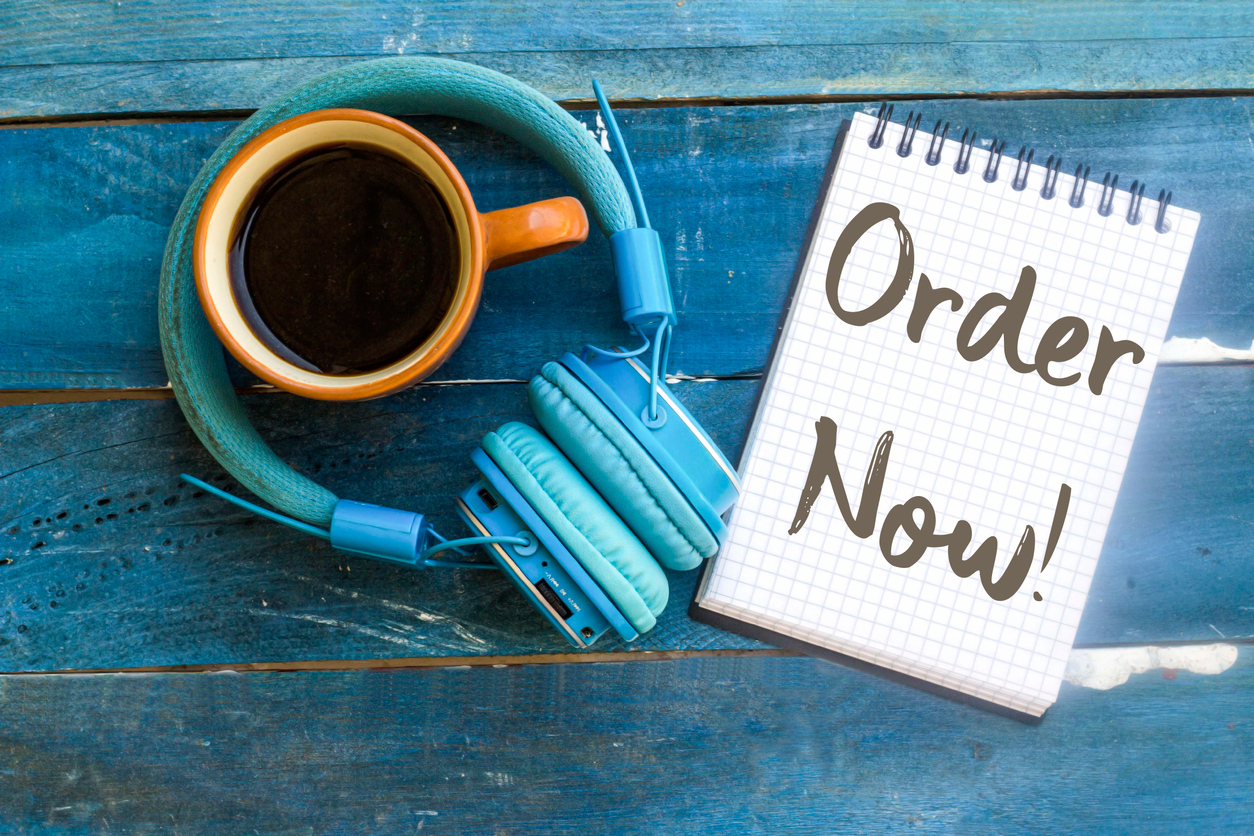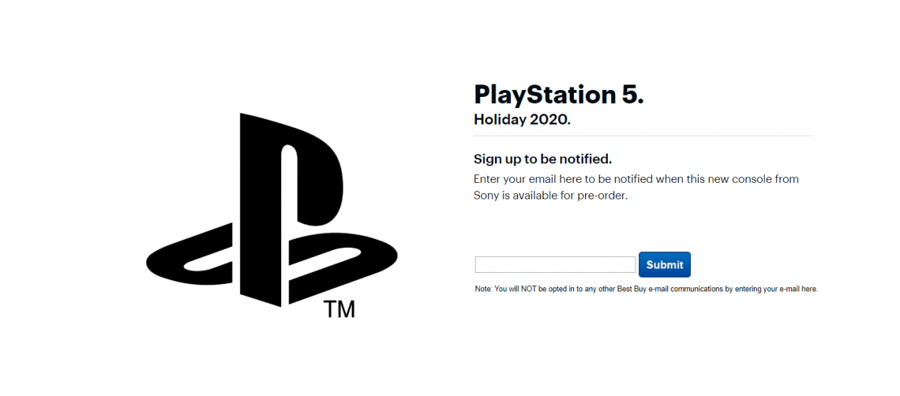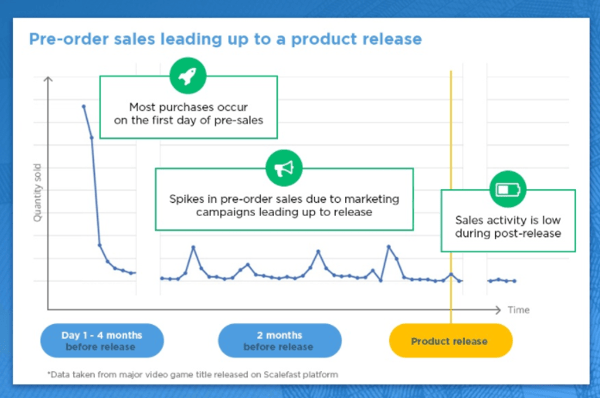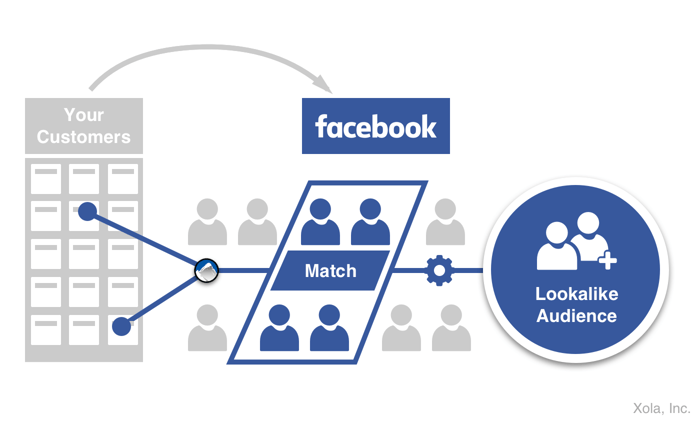
It’s a routine day at work in the Fall of 2019 and you’re already tired before you get to work. You show up in the morning, log on to your computer, and, on autopilot, head straight to your email inbox.
Then, as you scroll through your emails, you spot an email from Sony — and its good news. You’ve made it through the waiting list and it’s your turn to order a Playstation 5! However, you don’t have much time before you’ll miss out.
Luckily, you spotted the email when it was just a few minutes old. You use autofill for the payments forms and click on “Pre-order” — it’s done!

Large organizations have been proving the value of the pre-order for decades. But it’s time small and medium-sized businesses get with the program and learn to use pre-orders to jump-start product launches.
What is a Pre-Order?
A pre-order occurs anytime a customer places an order for a product in advance of its readiness to ship. This means at the time of purchase, the item or service is not currently available or in stock. This could be a product that has simply run out or, in many cases, a product that is still in development and processing.
Types of Pre-Orders
There are several basic pre-order methods for businesses to consider. Which method to use will depend on many factors including the nature of the business, the target audience, and the products themselves.
Pay Now Pre-Orders
With this type of pre-order, the customer makes the purchase at the point of sale. This can be a deposit amount or the full price, and will usually depend on the price point involved.
Why this model?
- It’s great for cash flow. You get paid upfront and can use that revenue as needed. This includes any and all costs associated with the item supply chain before it gets to the customer.
- For regular items that are out of stock, it lets you keep a sale you would otherwise lose.
- On an eCommerce platform like Shift4Shop, you can list the restock date so customers know how soon the item will arrive.
Things to consider:
- Customers will be able to mix out-of-stock items with in-stock items, and this can make it confusing for shoppers when they get to the checkout page. They will see different delivery dates and shipping charges which may cause cart abandonment.
- Generally, when people get their wallets out, they have a finite amount of patience. This means product shipping dates need to be defined.
- Avoid the pay-now model for products with uncertain launch dates.
Pay Later Pre-Orders
The pay later pre-order model lets customers place the order with the agreement to finalize the transaction in the future. There is a non-committal agreement in place, whereby both parties can pull out of the deal before payment occurs.
Why this model?
- You can build up your order list before initializing its production.
- There is much more flexibility for launch milestones and deadlines.
- It lets you test out the market and gauge interest for any hypothetical services or products still in development.
- You can decide on a cutoff point along the pre-order journey that works best for your business.
- All pre-orders and relevant customer data are kept as a separate list from your other eCommerce orders.
Things to consider:
- Since payment isn’t collected straight away, you can still lose the sale.
- Even using a schedule of paid installments doesn’t guarantee a complete conversion by launch.
Crowdfunding
Platforms like Kickstarter and IndieGogo have enabled companies of all sizes to float product ideas on the web and find out what has real appeal.
Why this model?
- A crowdfunding campaign can validate a new company or idea for a product without risking a lot of money and other business resources.
- If a campaign is successful, you receive the money and are good to go! It is great for a company or the first of a new product line. Launch lead times are commonly six months or much more, so your crowdfunding customers exhibit great patience.
- Your presence on the platform may lead to a larger number of leads and conversions.
Things to consider:
- This model is very specific to products or services that are new and not featuring constant and minor updates.
- You’ll need to meet several requirements (including legal) for the platform of your choice before you can get up and running.
- May require ad and marketing spend to drive traffic to your crowdfunding page.
- There may be little overlap between your target audience and those that regularly spend on crowdfunding platforms.
Best Pre-Order Practices
Someone once said, “if you build it, they will come.” And this is no truer than when it comes to promoting product hype. First, you need to build a solid foundation. In turn, your target customers will place pre-orders and the hype will build. But it will be up to you and your team to keep the momentum going.
These best practices will enable you to leverage your pre-orders to build hype around your product and your brand.
1. Dedicate a team to pre-orders.
No matter the size of your business, your people are your most valuable asset. Delegate the right person to lead a team dedicated to the product launch. Make sure the team has balance with representation from marketing, sales, and research and development. For small businesses, this may mean putting all hands on deck.
2. Make a pre-order plan (actually, make that three).
You and your team need to make a plan. And it doesn’t start with making pre-orders. Make a product timeline and divide it into three stages:
Before Pre-Orders
You need to decide when and how you will take pre-orders. The team should consider what timing and pre-order model will help build the most interest among your target audience. Resources will need to be in place to ensure a smooth process for pre-ordering from its first day of availability.
Active Pre-Orders
Once pre-orders are active, you will need to be ready to deal with the peaks and valleys of pre-ordering. According to a recent study, nearly a third of pre-orders will take place on the first day. But then this will dip and inevitably arrive in the “dead zone” period. After that, the team will need to be ready to regain momentum and expect a late pre-order boost prior to the calm before the storm on launch day.
Product Launch
Nothing is worse for a business than a product launch that falls on its face. Work with your team and platform support to make sure your website has all the resources it needs. Use the sales automation tools to streamline the purchase process.
This means having more than enough bandwidth to handle site traffic. It also includes having full shopping cart functionality that is optimized for mobile devices and/or your mobile app.
3. Build value.
There are many ways a business can build value in a product before it launches. And hopefully, your new product idea speaks for itself. But for many shoppers, that won't be enough for a commitment to hit that buy now or pre-order button.
You can add more value to your product with a different emphasis:
- Scarcity: As human beings, we can’t help ourselves — we want what we can’t have. Mention if you only have 1,000 or 10,000 units available. Or, even better, state that the pre-order window is limited to a few weeks or a month.
- Discount: Offer a small discount for pre-orders placed by a certain date. You can even add the scarcity principle, such as “the first 500 customers will get 5% off.”
- Free Gift: Everyone always wants to get something “free.” Throw in something small that is related to the product or something that everyone appreciates, like free next-day shipping.
4. Drive awareness with a marketing battle plan.
A marketing battle plan you say? But we already just made three plans for the pre-order team! If you want to build hype around pre-orders, do your due diligence and get busy laying out a marketing strategy.
Your product will eventually launch, right? So it’s best to make the most of the time you have to capture pre-orders. Often ignored by smaller businesses, pay-per-click (PPC) advertising with platforms such as Google Ads and Facebook’s Lookalike are top choices for audience targeting.
These ad platforms let you retarget site visitors and those most likely to resemble your target audience. And the more people that have fewer pre-order landing pages, the better.
Speaking of landing pages, don’t skimp on your content marketing. Have a content calendar in place with a regular circulation of product teasers, interviews, tutorials, and more. This content isn’t just for potential customers, but also to continue building value and giving your pre-order customers reassurance.
5. Feed your social media channels.
According to Sprout Social, 90% of consumers are likely to buy from a brand if they follow them on a social channel. And 83% of social media followers will recommend a product to friends and family.
No business can afford to ignore social media. Get your channels out there. Your team needs to be active. Participate in conversations and always reply to comments. Doing these things will help give you credibility. And of course, the more people talk about your brand, the more traffic will end up going to your website.
Consider spending on influencer marketing to reach more of your target audience on social media channels. You can do this in two ways. The first is to find influencers in your budget that have a following similar to your desired demographics.
When possible, your team could also send influencers early-release products. While the second option is riskier, love them or hate them, you can be sure these influencers will be broadcasting your brand and product name across their virtual spaces.
6. Think like a boy scout: be prepared.
We’ve mentioned making a plan several times now. But honestly, there really is no better way to leverage your pre-orders than to have a plan at all times.
Websites can go down. Orders might fail to process. Items may not ship on time. Should the worst happen, a contingency plan needs to be in place. But be prepared for the surges in ordering or purchases that will take place.
And be prepared to resolve and troubleshoot customer issues should disaster strike. A contact center platform or other VoIP applications will let your team members connect to customers conveniently and promptly.
Final Words
Human nature can be a funny thing sometimes. When we know we have an early opportunity to get something before others, it makes us feel important. And when something is new and in limited supply, getting it can feel like a major accomplishment.
Building hype with pre-orders can be done regardless of the size of your business. A smoothly run and successful pre-order campaign will make your new product idea the stuff of legends.








Leave a reply or comment below